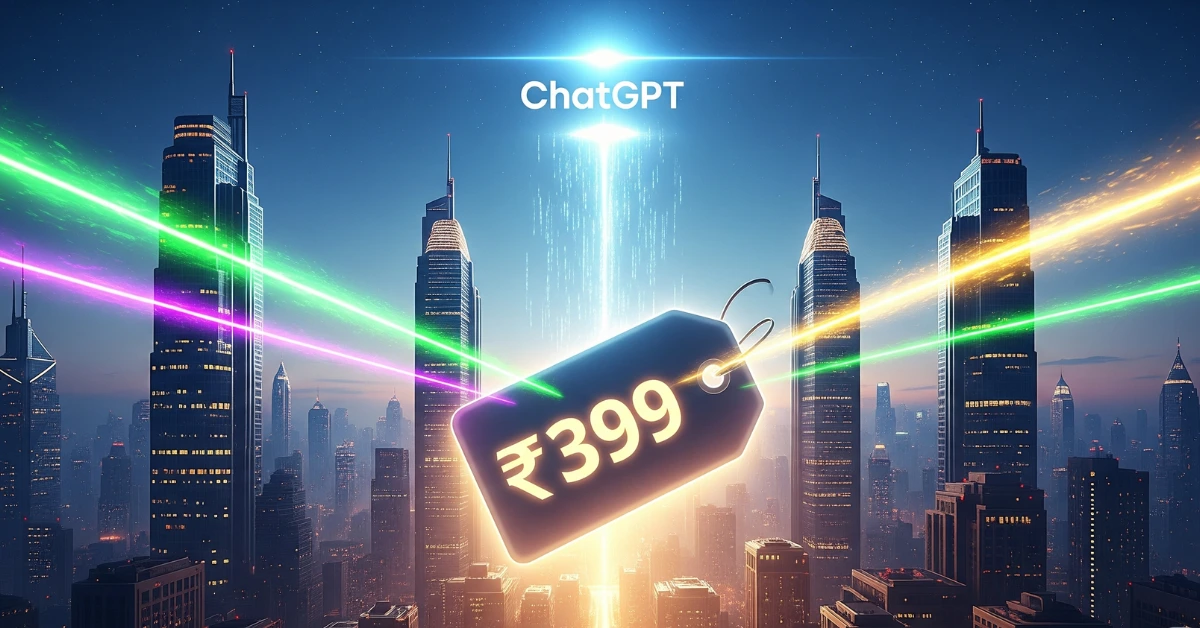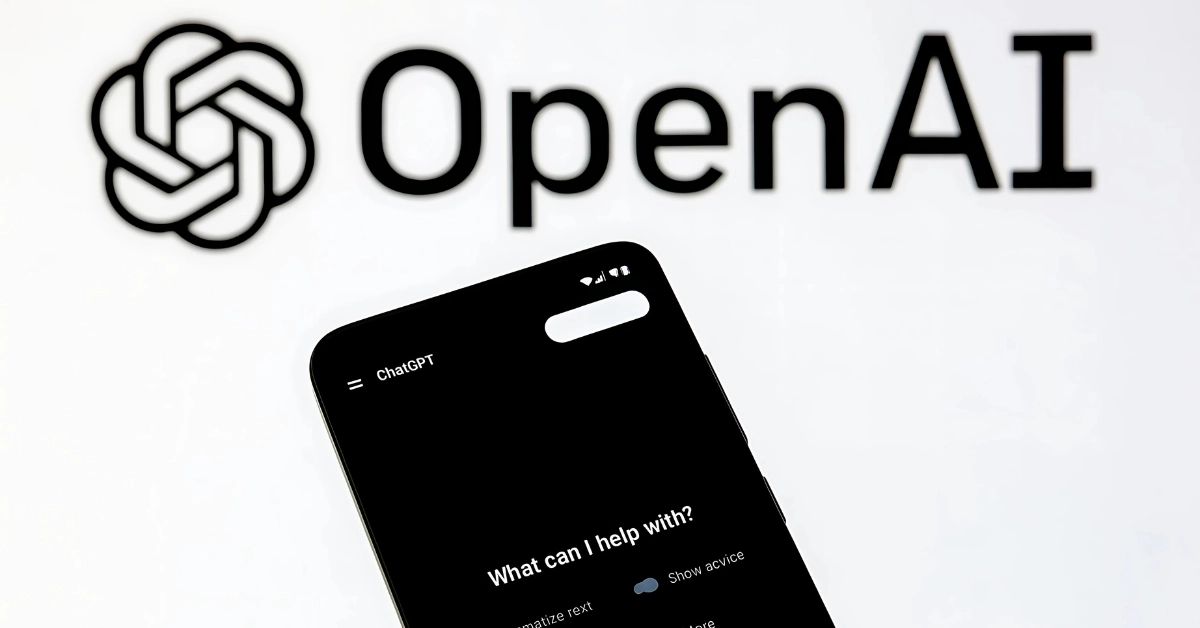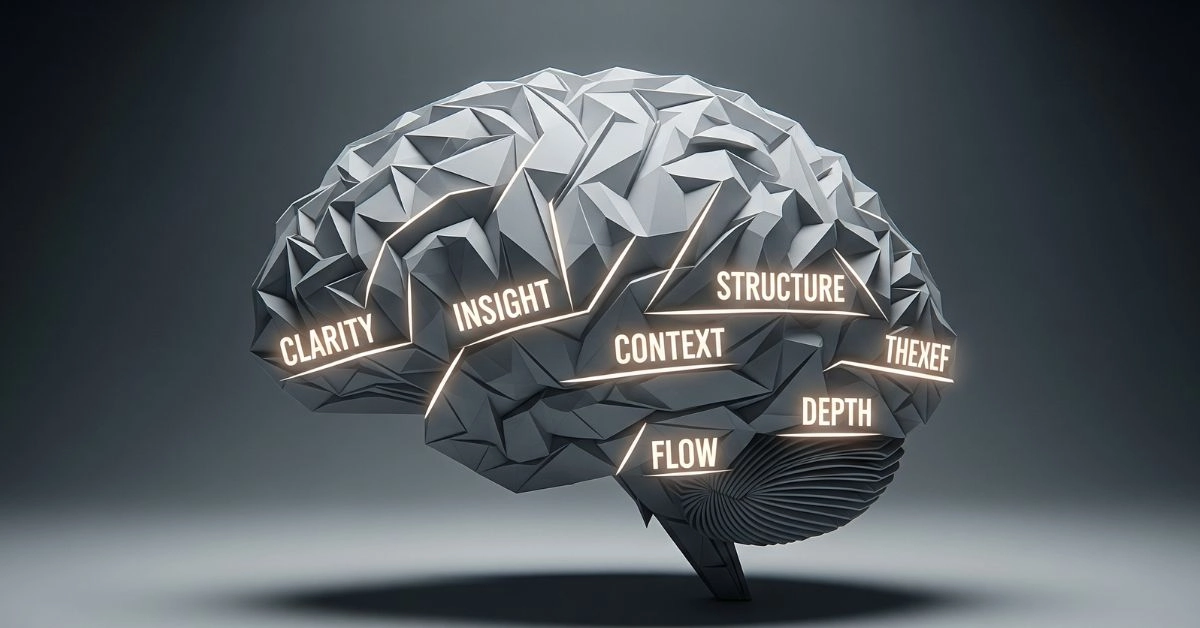By Mohit Singhania | Updated: June 24, 2025
Ever clicked a link and thought, “Wait, this doesn’t look right…”
Well, if you’ve ever second-guessed a message that said “Free iPhone for the first 1,000 users”, congrats — your scam radar is working.
But for the millions who didn’t pause — the consequences have been brutal.
From phishing sites that look like SBI to fake Flipkart sale links, India is under a tsunami of fake websites, and scam links are the #1 entry point.
Let’s sharpen your digital sixth sense so you can spot fake links faster than a scammer can say ‘Congratulations!’
Why This Matters: Scam Links Are Everywhere
CERT-In reports that over 40% of cyber attacks in 2024 originated from malicious links shared via WhatsApp, SMS, email, and Instagram DMs.
(CERT-In Annual Threat Summary, 2024)
Whether it’s phishing, malware, or identity theft — almost every digital attack starts with a click.
Common Fake Link Traps You’ll See in India
| Bait | The Real Trap |
|---|---|
| “Claim your ₹500 Amazon voucher!” | Fake login page steals your credentials |
| “Your SBI KYC is pending. Click here.” | Phishing page steals OTP, UPI PIN |
| “Get free IPL streaming app” | APK installs spyware |
| “Exclusive Flipkart Deal – 99% off” | Redirects to malware-laced site |
Test #1: Inspect the URL Like a Cyber Detective
Real:
https://www.amazon.in/gp/cart
Fake:
https://amazon.prime-freegift.win/verify.php
Google India states:
“Users should inspect links by hovering over them before clicking, especially on mobile devices where full URLs may be hidden.”
— Google Safety Center India
Quick Tips:
- Stick to
.in,.com,.org - Avoid
.xyz,.top,.click,.buzz— scammers love these - Watch for hyphens, numbers, weird spellings (e.g.,
irctc-login.com)
Test #2: Email or SMS Asking You to “Click Here”
If it’s unsolicited and urgent, it’s likely a scam. Common lines include:
- “Update your PAN or lose access”
- “Your account is under review”
- “Get 5GB free data from Jio”
Case Study – Pune, April 2024:
A teenager clicked a “Get Free Netflix” link from WhatsApp. It led to a phishing site mimicking Netflix. They entered card details. Within minutes, ₹22,000 was gone.
Don’t: Click on links from unknown emails or messages.
Do: Visit official websites manually or through bookmarks.
Test #3: Looks Legit, But Feels… Off?
Fake websites often copy:
- Logos
- Fonts
- Layouts
- Even footer details
But they can’t hide:
- Broken English: “Plase entar your crad details carefullly.”
- No HTTPS
- Weird page behavior (auto downloads, pop-ups)
Use This Tool:
https://transparencyreport.google.com/safe-browsing/search
Paste the suspicious URL — Google will tell you if it’s shady.
Best Free Tools to Detect Fake Links
| Tool | Use |
|---|---|
| VirusTotal.com | Scan a URL for malware or phishing |
| Who.is | Check when the domain was registered |
| PhishTank | Community-updated phishing database |
| Google Transparency Report | Check website’s safety rating |
Bonus Tips to Stay Scam-Proof
| Action | Why It Matters |
|---|---|
| Always long-press links on mobile | See full URL preview |
| Use Chrome’s Safe Browsing | Warns you about unsafe pages |
| Don’t trust URL shorteners blindly | Bit.ly links often hide scam URLs |
| Keep antivirus + browser updated | They block fake sites in real time |
| Bookmark important sites (banks, IRCTC, etc.) | Avoid Googling risky sites |
India’s Phishing Epicenters
CERT-In and RBI’s fraud map shows high activity in:
- Mumbai (finance-related scams)
- Hyderabad (fake apps)
- Delhi NCR (banking and credit card frauds)
Hackers target metro areas due to high UPI usage, online shopping habits, and faster response clicks.
Masala Meter
| Factor | Spice Level |
|---|---|
| Danger Level | 🌶️🌶️🌶️🌶️🌶️ |
| Ease of Avoidance | 🌶️🌶️ |
| Educational Value | 🌶️🌶️🌶️🌶️🌶️ |
| Shareability | 🌶️🌶️🌶️🌶️🌶️ |












